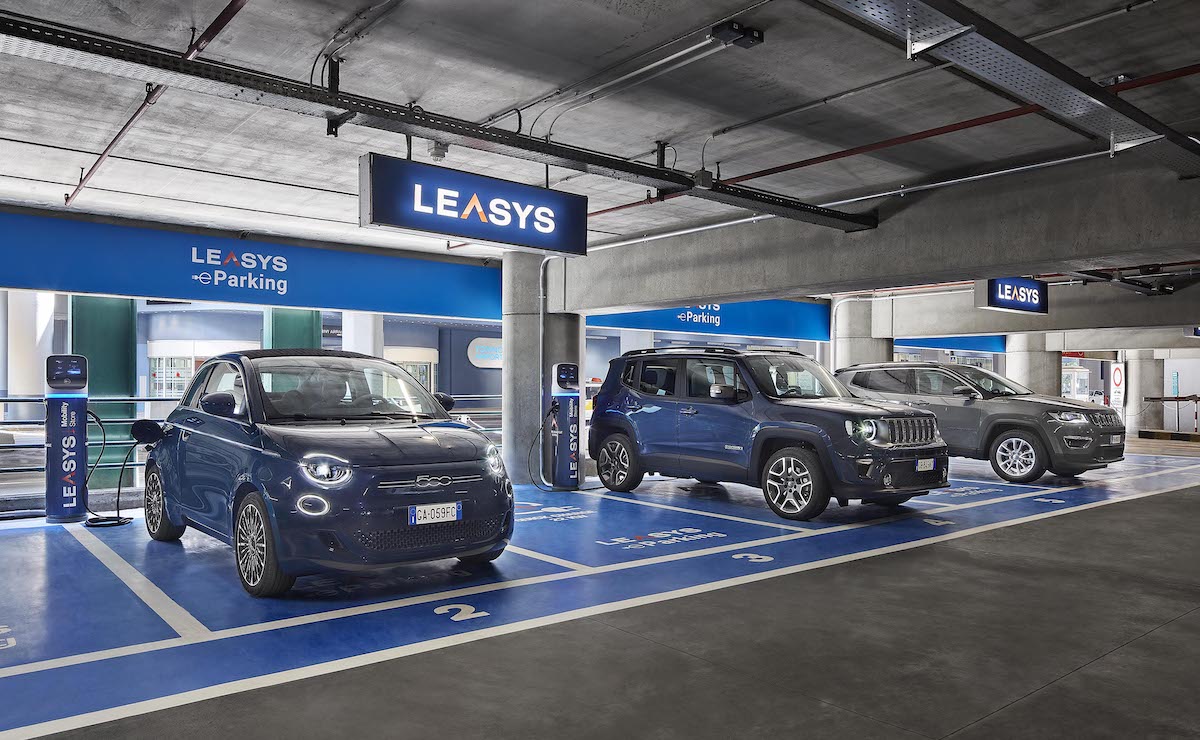Last month the European Parliament passed the proposal that every new car must be zero carbon emission since 2035; then this proposal has been officially approved in the conference by representatives from EU countries. Certainly, for major European carmakers that had already perceived this result, there should not be some reactions that catch them off guard; but the VDA (German Association of the Automotive Industry), which comes from the major car-producing country – Germany, still can’t help complaining about the timing that is jumping the gun. I assume that this complaint is ostensibly to emphasize the status quo that the supply chain of key components including batteries isn’t stable yet, and the charging ports are not widely deployed; but in the period that there are still 13 years away from 2035, will these problems be hard to be solved as time goes by? In fact, the meaning behind this complaint should be…
- The transfer of core technology of BEVs, the change of components to be produced, and the simplification of assembly process, all will result in the reallocation of budgets and resources from traditional carmakers, and the existing R&D manpower, production line labor force, and the system of suppliers will be reduced and to be readjusted or even the cooperation will be ceased. Not only the influence of organizations related to the automotive industry will be decreased significantly, but also the business model of traditional supply chains will be reshuffled due to the “invasion” of IT industry. To be simple, the decision-making authority of automotive industry in the future might not be in the hands of traditional carmakers.
- Germany is a traditional technology giant. But when speaking of automotive new technologies including batteries, EE structure, AI chips, smart cockpits, fully-autonomous driving technologies, cloud computing, etc., the advantages that Germany carmakers were proud of for one hundred years will not exist anymore… Things like American brand Tesla’s factory establishment in Berlin, the VDIK’s ( International Association of Motor Vehicle Manufacturers in Germany ) approval of many Chinese self-owned brands’ membership, and BEVs from Chinese self-owned brands starting import to Germany and other European markets successively in recently years. The sense of crisis of Germany carmakers and other European carmakers is now elevated to an issue at the level of national economic scale.
- Automotive giants from the EU including Germany, Italy, France begin developing BEVs slower than USA and China for quite a few years, and the raw materials that batteries need for production are geographic advantages of USA and China. In the situation that the time table and geographical condition are both fall behind, the technology manpower in the tradition automotive industry are of course difficult to beat the two giants – USA and China, in the era of new technology. Now obviously it’s will be tough for the EU in the knockout competition of BEVs in the next decade.

Even though there are many backlashes from civilian organizations, but two major carmakers - VAG and Mercedes-Benz response positively to the decision of the EU at the first moment. When these two most iconic carmakers chose to give an affirmative vote, then we understand that they are well-prepared for this (are other carmakers well-prepared for this ?!). On the other hand, if any other carmaker chose to give a negative reply, then they will be ridiculed for being insufficient of R&D readiness and being against the world trend. Now we can be sure that the decision made by EU for banning the sales of ICE cars from 2035 will influence automotive giants including USA, China, Japan, and the rest of all the world. Even the effective dates and the contents in the regulations might not be the same, but this irreversible big trend will lead the one-hundred-year-long history of ICE cars toward the era of new energy vehicles. Looking back to Taiwan, the 2040 “target” set by The National Development Council is 100% BEVs for new car sales, but the point is that the term “target” isn’t legally binding. We have no idea that when will the MoTC (or even higher level of authority) begin brainstorming then make the decision?